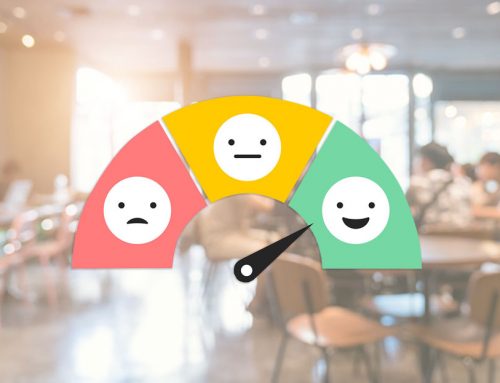What do you think of when you hear the word ‘directory’?
Me… I think of the 3” thick paperweights that would be dropped off at our office in droves years ago, always smelling of cheap, web print paper (that’s what it was called) and excess, not-quite-aged ink (you used to get one for every phone line, which can quickly add up in an office environment).
Ahh, gone are the days.
Today, directories have a new feel for them. And, just like everything else in our tech-starving world, if the results we want don’t miraculously appear on the screen in front of us with just a few quick keystrokes and the wave of our imaginary magic wand, we become frustrated, lose interest, or we try the same search a different way, using different keywords, hoping for the correct instant result. (We’re so impatient!)

The same is true for any resource-based information you want to share with your community members.
Remember, the whole goal behind engagement-focused websites is to:
- Provide something they want to get them to your site in the first place, and
- Keep them coming back!
When you do this, you expose users to things that perhaps they didn’t realize they would be interested in, or that they didn’t know about – things like community events, meetings, polls, surveys, volunteer opportunities, etc.
But, just like most of us (I mean me), if the information is hard to find, difficult to filter through, or just not current, it is unlikely that they will give you a second go, and they’ll simply pop over to our friendly neighborhood Google to find what they want. While this is still good, you lose all of that extra exposure that you could have used to promote because you didn’t have something they needed (or, they couldn’t get to it quick enough), and therefore, they won’t likely come back.

The 3 Top Community Site Directories
If you’ve already had a personal website consult with me, you’ll know that one of the first things I like to look for is easily-accessible, organized information directories. There are three different ones that are common for towns:
1. Staff Directories
This one is more specific to users being able to contact those people in your organization that they need to reach. I’ve seen hundreds of older town sites over the years and it used to be a very common thing to simply list name, title, phone number and email address in a table on a contact page that sometimes would go on and on, and the user would have to know exactly which person to contact, or try to scroll alphabetically through the department lists (don’t get me started on the ones that weren’t even alphabetically sorted!).
These were fine – back then – but modernizing them will serve a few different purposes:
- They should be mobile responsive in nature; tables won’t automatically scale on phones or tablets. Your directories should be visually professional on all devices – no horizontal scrolling.
- The directory should have a filter system, whether by name, department, or even tags (for example, your Community Promotions Ambassador – yes, I saw this one just this past week – it may really just be your Communications Manager equivalent, but the general user wouldn’t know that); being able to search by the word ‘communications’ as a tag would be very helpful, and will ultimately get the user to the right recipient.
- By organizing and making the right departments easily accessible, you cut down on wasted call filtering while the user tries to explain what they’re looking for to three different people before finally getting to the one they need.
In my opinion, this is a necessity for all community websites – organization is KEY!

2. Community Directories
This is another must-have. Community directories are for things like hospitals, libraries, rental facilities, skating rinks, swimming pools, and all other municipal-based facilities.
Here, you want to make sure you have great organization as well (categories, tags, etc) and then within the listings, include the valuable information for each, including:
- Address with a Google Map
- Phone or email contact information
- Hours of operation
- External website links if applicable
Since these are managed by tax-payer dollars typically, you want to really put a push on community use and accessibility. I usually like to encourage community websites to include individual highlight pages for each of your facilities with photos, short write-ups, how to become a donor, etc, but that’s another article for another day.

3. Business Directories
This is another important feature to link on your community website if you can. It is easier for smaller communities to manage these types of listings in-house (versus much larger cities), so I’ll mention these for that particular market.
If you live in a community where you have many individual Business Associations, chances are these each have their own individual directories. If possible, it would be ideal to link all of these directories through a single system that feeds data to the main municipal website. The user can then sort by location, category, tag – whatever they want.
In smaller areas, you also have the option to manage all directory information internally. You can do this a few different ways, but a common way would be to allow each business the ability to register their business on your community site, and then provide them a method in which they can control their categories, logo files, contact information, address/hours and even location photos if you would like.
This type of set up requires a little more work on the part of your developer, but they are great assets to be able to provide for your residents. (Keep in mind – you should always PROOF and APPROVE or REJECT a listing before it is posted to your site.)
Oh – and don’t forget – these directories, more importantly the community and business ones, should be reflected on your mobile app as well (did you miss last month’s article on adding an app for your town?).
If you would like more information about adding directories to your website, or just need some advice on how to better organize the ones you have, please call or email – I’d be happy to take a closer look at your site for you and review some of your options.



